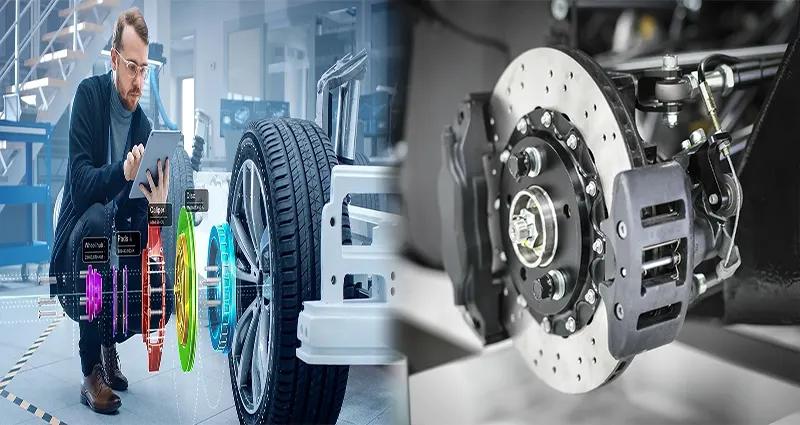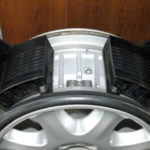One of the key innovations in electric vehicles (EVs) that sets them apart from traditional gasoline-powered cars is the concept of regenerative braking. This technology not only improves the efficiency of EVs but also contributes to a more sustainable and eco-friendly mode of transportation. Let’s delve into how regenerative braking works in electric vehicles and its impact on the driving experience and energy conservation.
Understanding Regenerative Braking
Regenerative braking is a system that allows electric vehicles to recover and store energy typically lost during braking or deceleration. When a driver steps on the brake pedal or releases the accelerator in an EV, the electric motor reverses its function and operates as a generator. Instead of dissipating the kinetic energy as heat as in traditional braking systems, the generator slows down the vehicle by converting the kinetic energy into electrical energy. This electrical energy is then stored in the battery for later use, such as powering the vehicle or extending its driving range.
The Science Behind Regenerative Braking
- Kinetic Energy Conversion: As the electric vehicle slows down, the electric motor acts as a generator, converting the kinetic energy of the moving vehicle into electrical energy.
- Battery Recharging: The electrical energy generated during regenerative braking is directed to the battery pack, where it is stored as potential energy for future use.
- Enhanced Efficiency: By capturing and reusing energy that would otherwise be lost in the form of heat, regenerative braking improves the overall efficiency of the vehicle and maximizes its range per charge.
Benefits of Regenerative Braking
- Improved Energy Efficiency: Regenerative braking helps to maximize the energy efficiency of electric vehicles by recycling energy that would have been wasted in traditional braking systems.
- Extended Driving Range: By recharging the battery during braking and deceleration, regenerative braking allows EVs to travel further distances on a single charge, enhancing their practicality and usability.
- Reduced Wear and Tear: As regenerative braking relies on the electric motor to slow down the vehicle, it reduces the strain on traditional friction brakes, leading to less wear and tear and potentially longer brake lifespan.
Driving Experience with Regenerative Braking
Drivers of electric vehicles often appreciate the seamless and smooth braking experience enabled by regenerative braking. The transition from acceleration to deceleration feels more controlled and responsive, enhancing both driving comfort and safety. Additionally, regenerative braking systems can often be customized to suit individual driving preferences, allowing drivers to adjust the level of regenerative braking force according to their driving style and terrain conditions.
Future Applications and Innovations
As electric vehicle technology continues to evolve, regenerative braking is expected to play an increasingly integral role in improving overall vehicle efficiency and sustainability. Innovations in regenerative braking systems, such as advanced energy recovery algorithms and predictive braking technology, are being developed to enhance energy capture and optimize driving performance further. The integration of regenerative braking with other energy-saving technologies, such as solar panels and smart grid connectivity, holds promise for a more interconnected and energy-efficient transportation ecosystem.
The implementation of regenerative braking in electric vehicles represents a significant advancement in green technology and energy conservation. By harnessing the power of regenerative braking, electric vehicles not only offer enhanced efficiency and performance but also contribute to a cleaner and more sustainable future of transportation. As we continue to embrace the shift towards electrification, regenerative braking stands out as a shining example of innovation driving positive change in the automotive industry.











